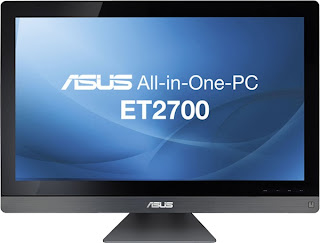Microsoft to update SkyDrive in late July, Recycle Bin feature and Android app in development. Microsoft appears to be working on several SkyDrive updates for a launch in late July. The software giant has rolled out a number of SkyDrive improvements recently, including a Windows and Mac client to support automatic file access.
Documents supplied to us this week indicate that the company is working on a Milestone 3 release of SkyDrive, due between July 23rd and July 30th. The release is said to include improvements to the company's iPad app, simple file sharing, and online web interface.
Although we're unable to immediately verify the details, the documents also reference a Milestone 4 release due later this year. This particular update to SkyDrive will focus on Android support and a new Recycle Bin feature designed as a backup option for SkyDrive users.
There's no specific timeline for the Milestone 4 release, but planning and coding is said to commence in early August. We have heard separately that Microsoft is actively testing an Android SkyDrive app, but for now third-party options are available.
Documents supplied to us this week indicate that the company is working on a Milestone 3 release of SkyDrive, due between July 23rd and July 30th. The release is said to include improvements to the company's iPad app, simple file sharing, and online web interface.
Although we're unable to immediately verify the details, the documents also reference a Milestone 4 release due later this year. This particular update to SkyDrive will focus on Android support and a new Recycle Bin feature designed as a backup option for SkyDrive users.
There's no specific timeline for the Milestone 4 release, but planning and coding is said to commence in early August. We have heard separately that Microsoft is actively testing an Android SkyDrive app, but for now third-party options are available.








